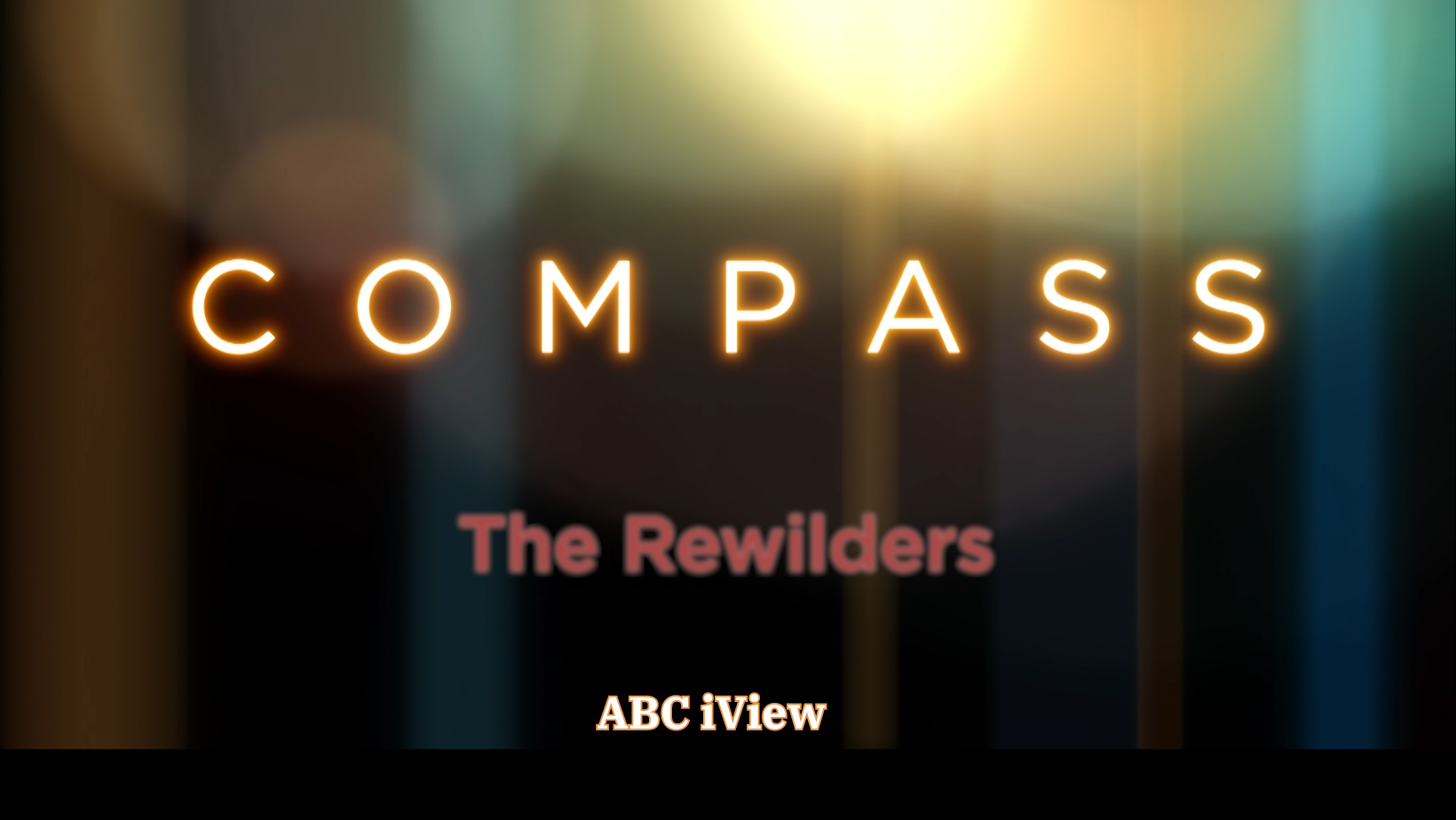Tamar Valley
/I’ve just returned from the ‘south island’ where I was a guest at the Tamar Valley Writer’s Festival, in Beaconsfield, near Launceston. My trips to Tassie have hitherto been frustratingly short, and this one was no exception. For a nature-lover, a three night suburban stay in the wild state is like a chocolate lover told to be satisfied with a single square. As I flew into Hobart (or ‘Slowbart’ as I’ve heard it), the mountains of the south west beckoned, with images myself solo in the mists on the famed long trek. Bruny Island was also tantalisingly close, yet out of reach due to the scheduled nature of my trip.
Still, with five senses open and curious about this new country I found myself in, there was much to be soaked in. Here are a few postcard snapshots from my journey.
Tassie is cold (at least 10 degrees coolerat night), and I didn’t pack woollen socks. Little deters me from a swim though, and following a local’s lead, I dived into Hobart’s seven mile beach, and came up gasping.
On birds: I met the Tasmanian native-hen, similar to our dusky moorhen, and loud enough to wake me up in the middle of the night.The noisy friar bird sings a different song.
On berries: A breakfast of ripe blackberries one morning that spilled over a farm fence. The red of hawthorn berries decorate the edge of the midland highway like Christmas baubles.
On water: Even though I am told there is drought, water appears to abound: lakes, dams, waterfalls, trickling rainforest creeks, wide ranging rivers. Cradled by emerald hills and glassy, The Tamar River it is less of a river and more of a fully tidal saline estuary that meanders for nearly 60 kilometres through vineyards, orchards and pastures to the Bass Strait. Thank-goodness the valley was spared the industrial paper mill.
The shuttle bus driver was Tamar born and bred and gave us a personal account of the area’s natural history - the limestone caves that were home to the bushrangers and the roads that once were umbrelled by apple trees.
The valley’s history as an apple and pear growing centre is reflected in the backyards – many replete with mini orchards of apple, pear and quince, branches sighing with the weight of the unpicked harvest.
Gardening was a key theme at the writers festival, Tassie seemingly our Tuscan equivalent judging by the number of books about renovating farm houses, alpacas and apple sauce recipes.
Michelle Crawford was one such tree-changer, her part memoir part recipe book ‘A Table in the Orchard,’ telling the story of her switch from organising Opera House cocktail parties to family life in a quiet Tasmanian Valley. On the same panel, Gardening Australia guru TinoCarnevalewaxed lyrical about his love of Tasmanian spuds and the taste of his tomatoes.
It was gratifying to see some of Tasmania’s living treasures in their natural habitat.
Tamar Valley local Peter Cundall, nearing 89(!) was effervescent in his enthusiasm for the ‘blooming marvellous’ virtues of the Tasmanian outdoors.
Post politics, Bob Brown has turned to photography and writing, evidenced in his travel photo-journals Green Nomads and Tarkine Trails. Just last week, he told the crowd, the tree near his home in Liffey under which the Franklin River campaign was borne blew over in a storm, and he is intent on seeding it again.
Boarding the plane to return to the ‘north island’ (not the ‘mainland’ I am told), I tend to agree with the woman behind me who sighed as the plane took off, saying ‘I feel sad to leave, there’s something about this place, I don’t know what it is, but I’ve got to come back.”



